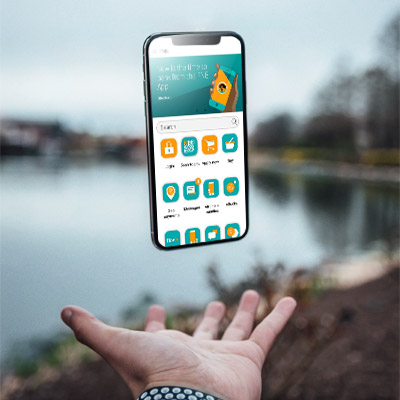
How to use brainstorming to foster new ideas
By Futhi Cabe, WesBank Head of SME Segment
One of the most exciting things about being in business is starting something new. Whether launching a new product or service, moving into new territories or breaking new frontiers, it is exhilarating as new opportunities for growth present themselves.
How do you go about starting something new? How do you shift from old to new?
Brainstorming is universally recognised as one of the best ways to generate creative ideas. Brainstorming has proven to be a great tool for generating a large number of ideas relatively quickly. The process encourages divergent thinking among group members as they collectively address an issue at hand.
Before detailing how you can use this technique, allow me to share some of the "rules of engagement":
- There are no dumb ideas
- Do not criticise or judge other people's ideas
- Build on other people's ideas
- Keep the thought of "quality over quantity"
Here are some guidelines for conducting a successful brainstorming session for the generation of new business ideas:
Fully explain the process to the group
Although brainstorming is an old concept, it may be new to some of the members of your team. Therefore, provide a practical example of what needs to be addressed, such as: what other uses might our products have? Encourage the group's creative input and record all the suggestions offered. Allow the team unlimited freedom to use their imagination.
Present the challenge to the team
Make sure that the team is fully aware of the objectives you have for the session. In other words, there must be abundant clarity on the problem statement or the issue to solve for. If necessary, after spending time talking about the issue at hand encourage others to state their understanding as to why the session is being held. Emphasise the importance of this understanding and do not start the brainstorm until you are satisfied that all of you share a common understanding. Remember that people can see the same problem from various perspectives, so it is important to state the focus issue to ensure clarity and unity of purpose.
Appoint a recorder
It is important that all suggestions voiced out are recorded and visible to all. The person appointed to record the suggestions must do so on either a flipchart or white board and never in their own note book that no one else can see.
Synthesise similar ideas
Only when you are satisfied that the creativity of the group has been exhausted, which takes anything between 15 and 45 minutes depending on the group, then you can move to the next step. The next step is having the participants identify statements or suggestions that are alike. Compile and record new statements which incorporate these statements and remove the superseded ideas from the list.
Group the idea
When you group your ideas, you will most probably find that they form into three categories:
- The impossible: These are the ideas about which very little can be done. They are simply off beat ideas for your business.
- The unlikely: These ideas have little hope of implementation but the possibility is still there. Do not completely rule these out at this stage. They might be possible after further interrogation and deliberation.
- The possible: These you can address and give effect to immediately. They are your so-called lower hanging fruit. Implementing these will give you and your team forward momentum and the courage to move forward.
Give priority to what you agree are best ideas
When you have identified the possible ideas and eliminated the unlikely ones, place the ideas in a priority order. The priority order is to be followed by a clearly defined action plan with clearly defined timelines.
Brainwriting, an alternative to brainstorming
No one knows your team better than you. If members of your group are shy or intimidated by the competitive or open nature of brainstorming, brainwriting is an alternative. For brainwriting, each member lists around four ideas that seek to address the problem statement you have presented. The ideas are listed on a sheet of paper which is placed on a central table. Fresh ideas foster more ideas.
Remember, ideas, whether for exploring new markets or any other objective, must be evaluated from the point of view of value and practicality.
ENDS.


